The Toughest Rival Kid Chocolate Ever Had?
especiales
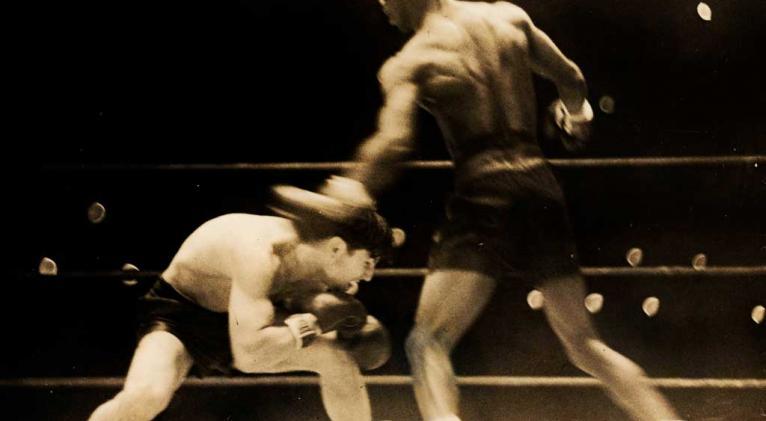
Kid Chocolate faced opponents of great quality, and some weighed quite a bit more than him. Who was the toughest boxer you fought? Who hit you the hardest? He answered the first question this way in an interview for the book Kid Chocolate. El boxeo soy yo, written by Elio Menéndez and me, originally published by Editorial Orbe in 1980: "As for toughness: Tony Canzoneri and Jack Kid Berg. For his skills: Fidel La Barba. He was very technical. It was not easy to punch him. He used both right and left stances." As for his punches, he said: Benny Bass, Canzoneri and Berg. "They hit like bricks! Bass hit me with a right hook to the chest with such force that for some time I had trouble breathing."
Once, El Kid named hunger as his worst opponent and the one that hit him the hardest, "...I took the risks of becoming a boxer to get my family out of it, my mother above all." However, as he reigned in the ring and turned his life into a kind of orgy, the toughest of his opponents and also the one who punished him most powerfully was... Kid Chocolate.
When Canzoneri knocked him out in two rounds on November 24, 1933 in New York, he demonstrated that the Cuban had nothing good to look for in the ring, although he kept fighting and retired on December 18, 1938 at the request of his former manager, Luis Felipe, Pincho, Gutiérrez: “More than that, my father, my brother.” He waited so long to say goodbye because “that was what I learned. It was my profession and I had to live off it.” Later, as instructor frustrated of his essence : it takes a lot for a genius to succeed, almost always pushing his achievements into his pupils , even when they were talented, they were just good.
Tony Canzoneri had knocked out a shadow of the twice professional champion, brilliant and charismatic, born in a very poor home in Cerro on October 28, 1910. El Chócolo was a finished athlete at 23 years old. Since long before that KO he should not continue to risk himself in the ring. Why the destruction of the first Cuban conqueror of the crown between the paid punches when he was crowned on July 15, 1931 in the junior lightweight without having turned 21? On October 13, 1933 he would add the scepter of the world of the New York version of the featherweight. The answer to that last question, so important in this writing, was provided by the athlete himself in the aforementioned conversation: "If I had taken better care of myself. If I had understood earlier that boxing and a happy life do not go together, I would have lasted longer. When one is young, when one's faculties are overflowing, sometimes one comes to think that youth is everlasting, that one's strength will never escape. Reluctant to train, trapped by an alienated life that brought him syphilis; at that time there were no adequate medicines to fight them off.
His anguish increased with addiction to booze. Already retired, he was arrested for drunkenness and possession of marijuana on October 23, 1956. He did not have 100 pesos for bail. From the police station he was sent to Vivac in a cage car along with several criminals. A sentence of six months in prison awaited him. The press unleashed a campaign for his release. The people supported it. He was a good person, very well-liked, overwhelmed by his blunders, and addiction. The tyrant Batista, under pressure and to disguise himself as kind, pardoned him.
When freedom conquered Cuba, his full rescue finally came. The fans showed him their love and respect especially at the First Amateur Boxing World Cup held at Ciudad Deportiva, winner of Madison Square Garden (the venue that bandits and magnates wanted), with their cult of that temple of ignominies criticized by José Martí. He also received the affection of the great attendance at the presentation of the book about his life.
Eligio Sardiñas Montalvo, Kid Chocolate for the world, died on August 8, 1988 at the Centro Benéfico Jurídico hospital on Calzada del Cerro, where he had been hospitalized for several months. At the beginning of the situation, several personalities wanted to transfer him to the Hermanos Ameijeiras Hospital. Without ceasing to thank them, he refused. "I was born in Cerro and if I am going to die, let it be in Cerro." Buried in the Colon Necropolis, he was accompanied by his people with a painful and loving farewell already expressed before in the Vedado funeral home on Calzada and K streets.
A very well-written report by the AFP dedicated at that time to the outstanding athlete is objective and respectful in general. It points out: “When professional boxing was eradicated, he stayed in Cuba and in the end became a revered official glory and no less official proof of the evils that paid boxing brings.”
Although I consider it exaggerated and with a halo of sympathy towards the wrong to say that the Kid “…smoked forty cigarettes a day until he was seventy, when to please the doctor who prohibited him, he began to smoke half as much.” In the medical diagnosis it’s read that the Kid suffered from anemia, cirrhosis of the liver and carcinoma in the prostate. In all this, the wear and tear of an organism weakened by early childhood hunger, beatings and addictions (alcohol, cigarettes...) and too many women was critical.
Translated by Amilkal Labañino / CubaSi Traslation Staff



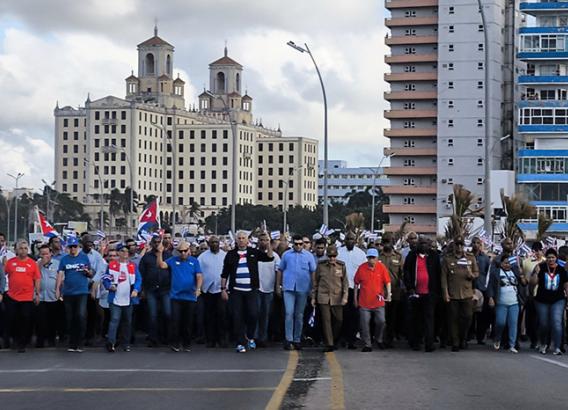
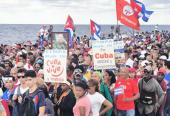
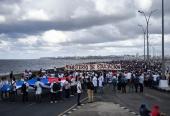
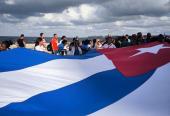
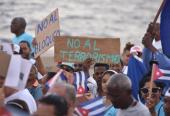
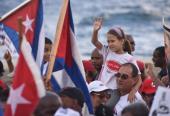
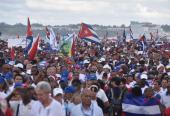




Add new comment